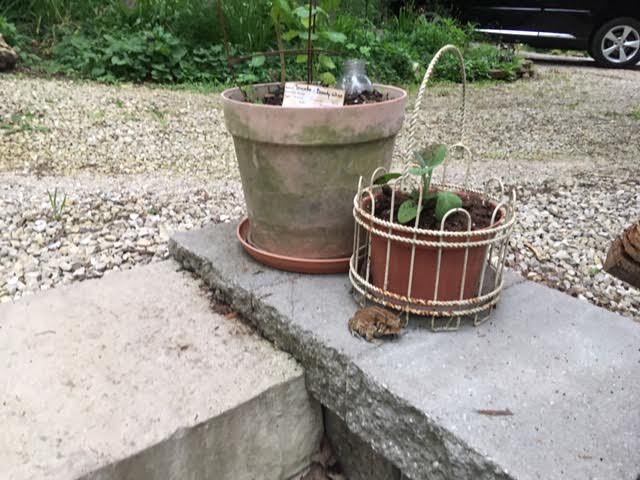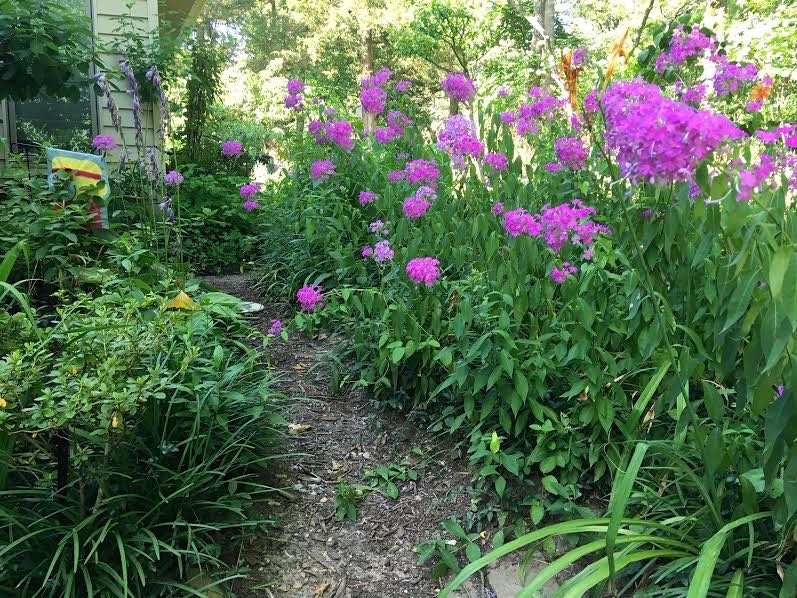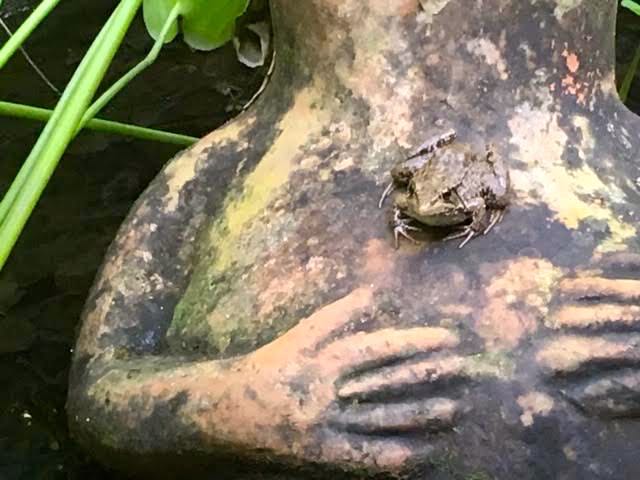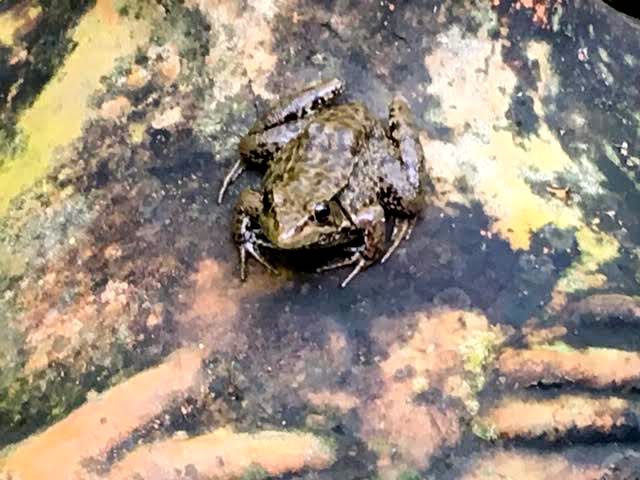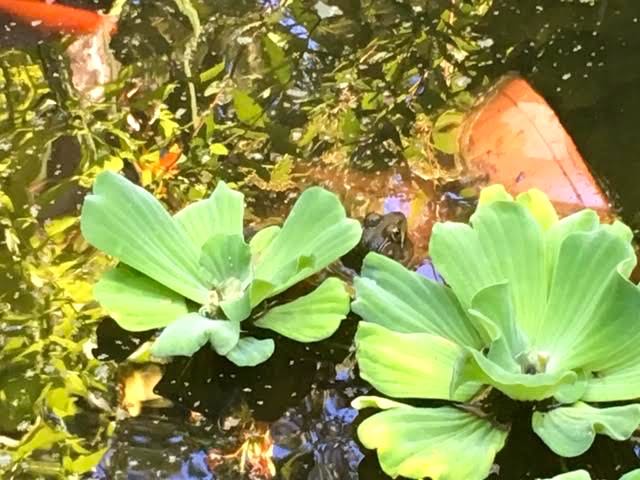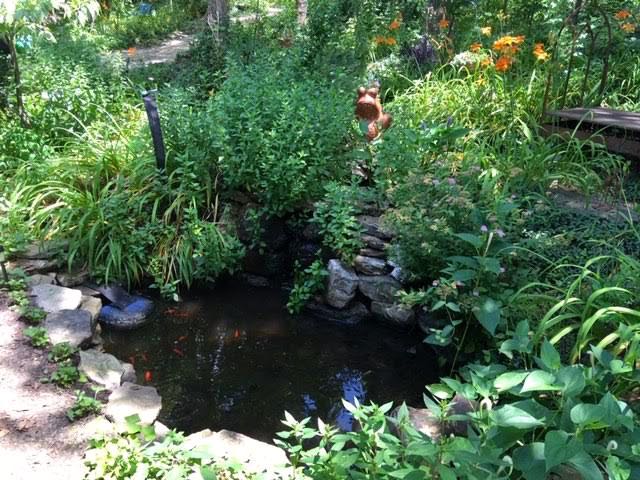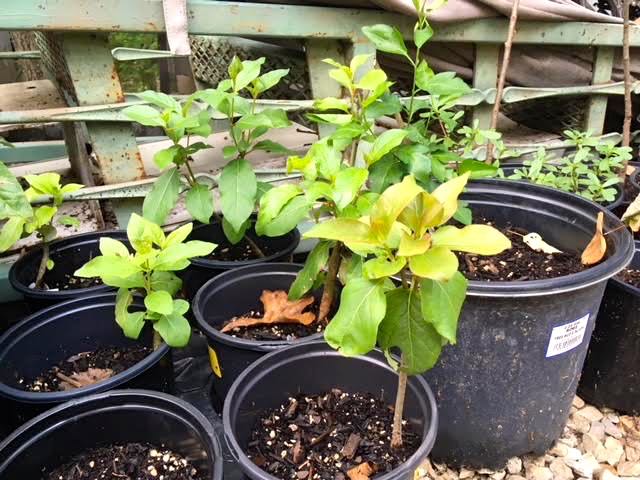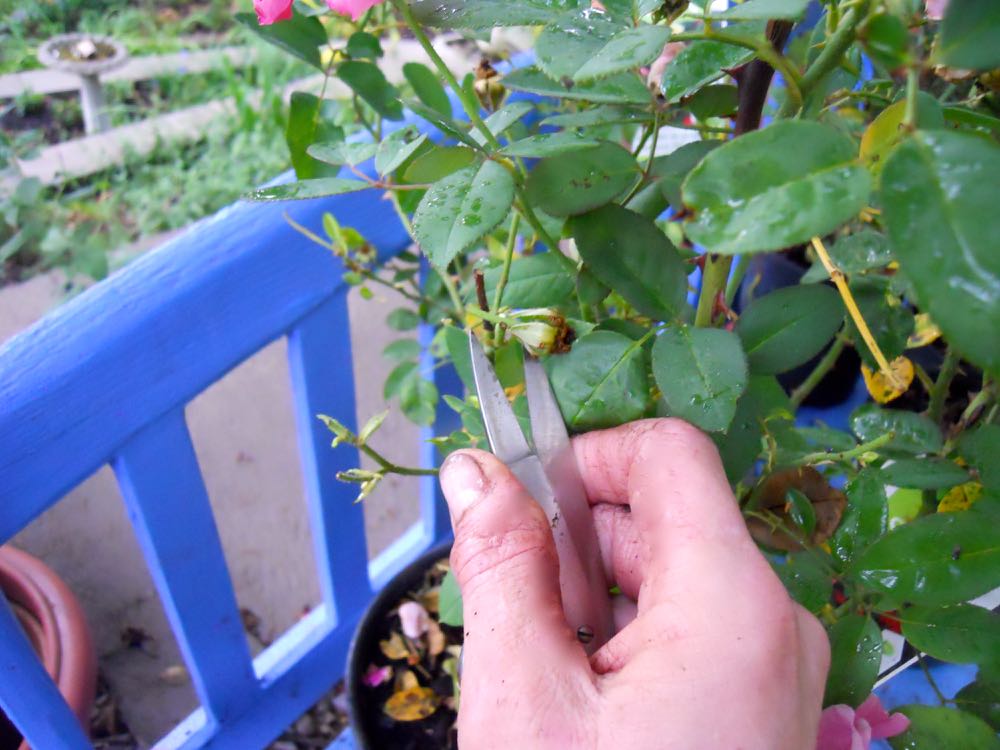For the Love of Red
/Margaret in one of her favorite garden spots, where she can watch frogs. (Photo by Charlotte Ekker Wiggins)
For the Love of Red
Margaret loved anything red. Red birds, red toys, my one pair of wool red socks, which often disappeared from my closet only to be found under sofas. Or sitting next to her as she napped.
Margaret was a part-Siamese cat who died a year ago after almost 21 years of keeping me company. I still miss her; she used to wake me up around 5:30 a.m., her favorite time to sit on my lap at a window waiting for birds to appear.
Her successor, Boo Boo Bartholomew takes my 10 p.m. bedtime seriously but he prefers to sleep in mornings so I had to buy an alarm clock.
When I started to consider how to mark Margaret’s grave, the gorgeous Cardinal flower came to mind. A true red, the tall flower can grow up to 6 feet tall, which I can easily see from my living room window.
It can take plants a good year for their roots to get established in my Missouri limestone hill so I wasn’t sure the plant had made it. Earlier today I found it starting to bloom, the stalk needing a little support so I gave it a stake to lean on.
The cardinal flower now blooming in Margaret’s memorial garden. (Photo by Charlotte Ekker Wiggins)
Cardinal flowers Lobelia cardinalis is a Missouri native perennial which typically grows in moist locations along streams, sloughs, springs, swamps and in low wooded areas. According to Missouri Botanical Garden, it is a somewhat short-lived, clump-forming perennial which features erect, terminal spikes (racemes) of large, cardinal red flowers on unbranched, alternate-leafed stalks rising typically to a height of 2-3' (infrequently to 4').
Tubular flowers are 2-lipped, with the three lobes of the lower lip appearing more prominent than the two lobes of the upper lip. Finely-toothed, lance-shaped, dark green leaves (to 4" long). They usually bloom this time of year, late summer.
Cardinal flowers are very attractive to butterflies and hummingbirds, but not cardinals.
There are also white and rose-colored forms of this same plant.
The Genus name honors Matthias de l'Obel (1538-1616), French physician and botanist, who with Pierre Pena wrote Stirpium Adversaria Nova (1570) which detailed a new plant classification system based upon leaves.
Specific epithet means scarlet or cardinal red. Common name is in reference to the red robes worn by Roman Catholic cardinals.
I considered a number of possibilities including Lambs Ear, which reminds me of Margaret’s soft pink ears. I did add a pussy willow bush in the memorial flower bed as well as some catnip, another one of Margaret’s favorites.
As I look closely at the Cardinal flower, it’s proud erect stance reminded me of when Margaret proudly stood up to me. I also recalled the times she carried my red socks around the house.
I’m sure Margaret will like having the lovely red flower close by!
Charlotte



